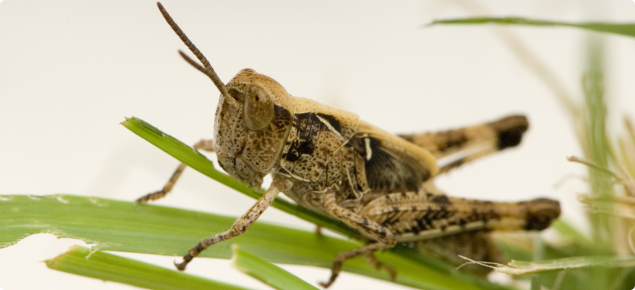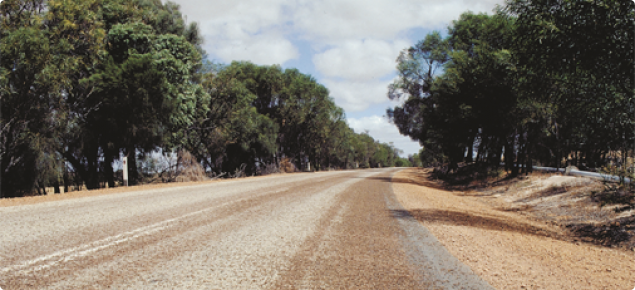Apiculture
During spring and summer, insecticides can be used over large areas of the agricultural regions to control Australian plague locust (APL) infestations that could impact crops.
Horticulturists are likely to spray their crops even though many are netted. Locusts have been reported as ‘eating’ shade cloth and netting.
Honeybees are susceptible to insecticides. Beekeepers may need to avoid some honey flow areas if landholders are spraying for locusts.
Beekeepers contracting pollination services to growers in locust-affected areas will need to take into consideration the possibility of having to move their honeybees during the pollination period, due to the application of insecticides, which may affect the conditions of their pollination contract.
Management options
- Keep yourself informed on locust issues. Also, make sure the property owner has your contact details.
- Consider moving beehives to a honey flow in another location, and where nectar resources are available, to avoid the risk of pesticide sprays that kill honeybees.
- If more than one apiary is located in a susceptible area, arrange for another beekeeper to assist with moving the apiaries at short notice to an alternative safe area.
- Beekeepers involved in pollination services may need to consider changing the condition of their pollination contract to permit the movement of beehives, if their honeybees are threatened by the application of insecticides to control locusts during the pollination period.


